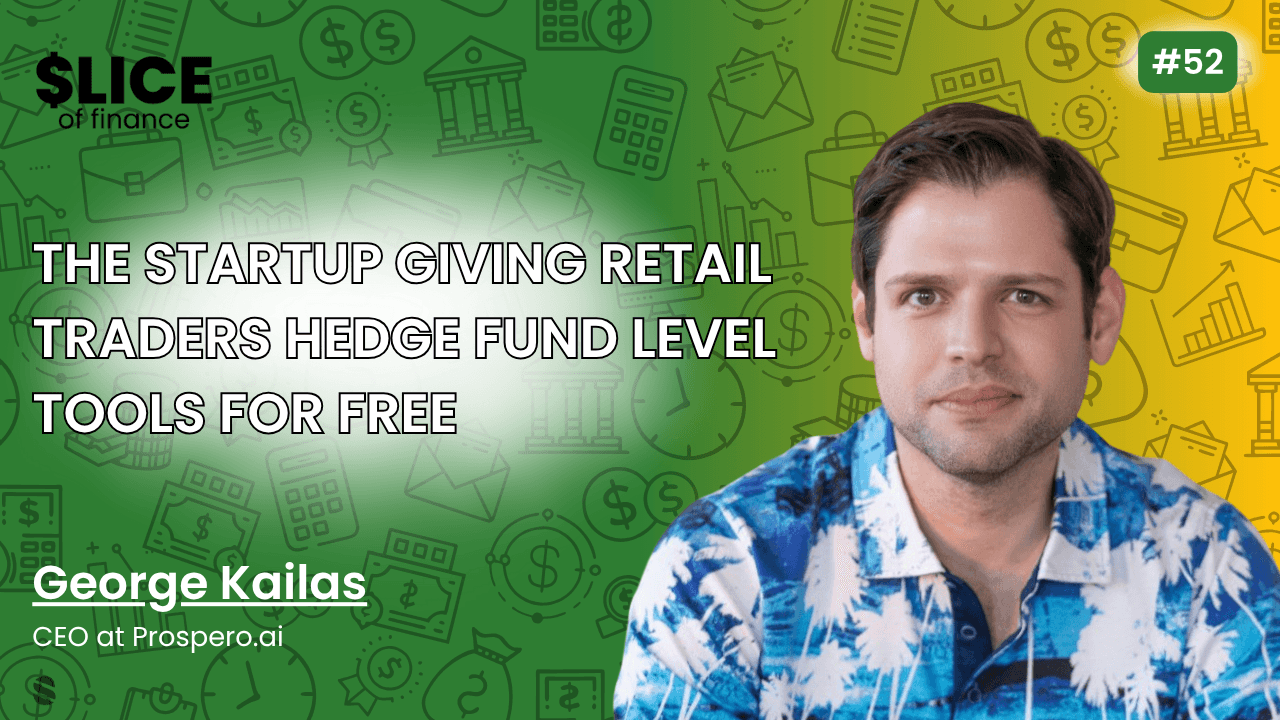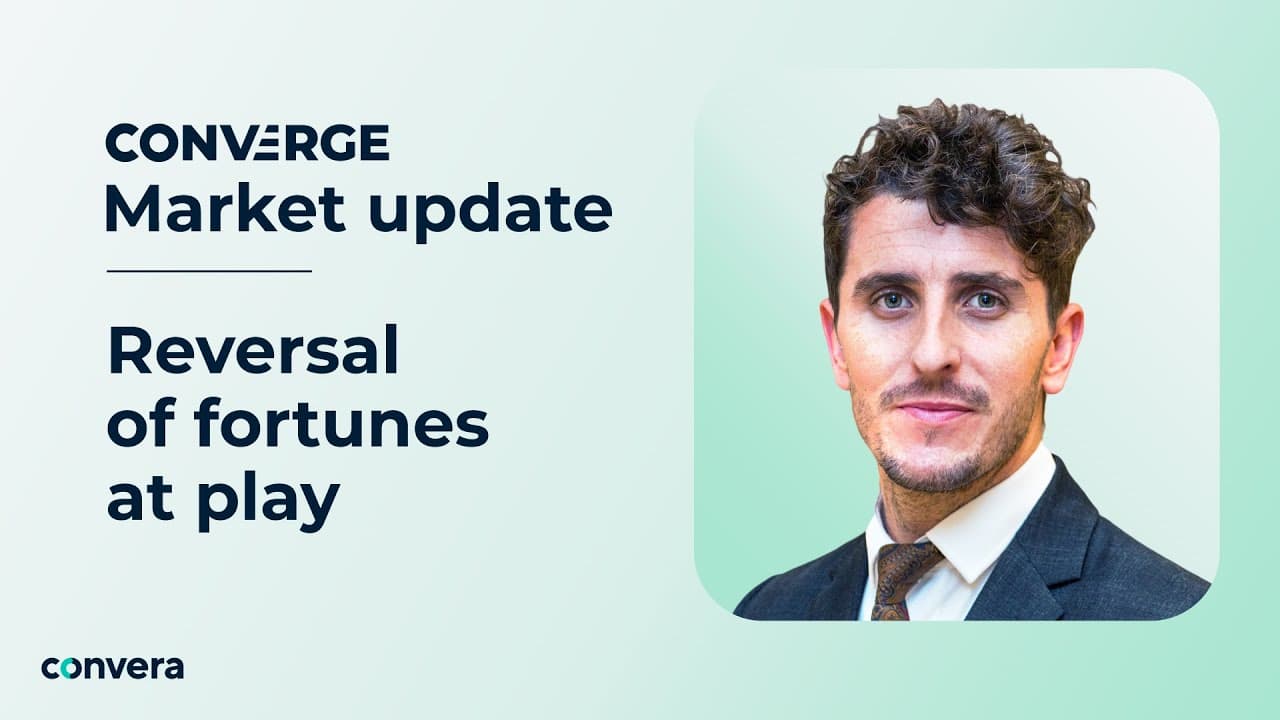
Join us on this week's episode of the Slice of Finance podcast, hosted by Jared S. Taylor!
Our Guest: Wayne Slavin, CEO at Sure.
What you’ll get out of this episode:
- Revolutionizing Insurance: Sure started as a direct-to-consumer platform but evolved into an infrastructure provider enabling embedded insurance.
- Embedded Insurance Growth: Major consumer brands like Apple and Uber are integrating insurance into their ecosystems.
- Industry Challenges & Innovations: Traditional insurers face pressure to adapt, while technology is bridging the gap between consumers and providers.
- Regulation & Compliance: Sure navigates insurance regulations by enhancing digital experiences within legal frameworks.
- The Future of Insurance: A shift toward real-time, frictionless transactions is transforming consumer expectations.
Watch
Listen
Read More
Reimagining Insurance with Technology
Wayne Slavin, CEO of Sure, has spent a decade at the forefront of InsurTech, building an infrastructure that powers embedded insurance. Originally launched as a direct-to-consumer app, Sure has pivoted into a software platform that enables major brands to offer seamless insurance transactions within their ecosystems.
"We’re providing the software infrastructure for Fortune 10, Fortune 500, and other leading companies to integrate insurance directly into their products," says Slavin. This evolution reflects a broader industry shift toward embedded insurance, where consumers can purchase policies effortlessly through trusted brands.
Embedded Insurance: The New Normal?
The modern consumer expects convenience. From AppleCare being offered at checkout to car rental companies providing seamless insurance options, embedded insurance is becoming the norm. Slavin compares Sure’s role to Visa and Mastercard—acting as the rails that connect insurers with consumer brands.
"Consumers don’t have affinity for their insurance company," he explains. "They have affinity for the brands they engage with." This shift challenges traditional insurers to rethink their distribution models, lest they become obsolete in an ecosystem-driven economy.
Industry Challenges and the Rise of InsurTech 2.0
Traditional insurance companies are facing pressure from both regulatory challenges and rising costs due to climate-related risks. At the same time, major consumer brands are entering the space, leveraging technology and customer data to offer personalized insurance solutions.
While early InsurTech startups struggled to scale, Slavin believes the current wave of embedded insurance platforms is poised for long-term success. "The failure of InsurTech 1.0 was trying to disrupt companies with deep pockets too quickly. Now, we’re building the infrastructure to support insurers, not replace them."
Regulation and Consumer Trust
Insurance is a highly regulated industry, and companies like Sure must navigate compliance while ensuring a smooth customer experience. Slavin emphasizes the importance of working within the system rather than against it.
"Instead of trying to circumvent regulations, we work within the constraints to improve customer interactions," he says. By digitizing processes and making insurance transactions instant, Sure is helping insurers enhance trust and engagement with their customers.
The Future of Insurance: Real-Time and Personalized
As technology advances, insurance is moving toward a real-time, data-driven model. Slavin envisions a future where insurers can adjust pricing dynamically based on customer behavior—like reducing phone insurance premiums for users who consistently keep a protective case on their device.
"We’re only scratching the surface of what’s possible," he says. With a demographic shift toward Gen Z, who expect digital-first experiences, the industry must adapt quickly. Embedded insurance is no longer a trend—it’s the future.
Final Thoughts
Sure is at the center of the embedded insurance revolution, providing the technology that bridges the gap between insurers and modern consumers. As the industry evolves, companies that fail to integrate seamlessly into digital ecosystems may find themselves left behind.
To learn more about Sure:
Follow us 😁
Slice of Finance | YouTube Check out our Shorts and Full Episodes! www.youtube.com/@sliceoffinance



